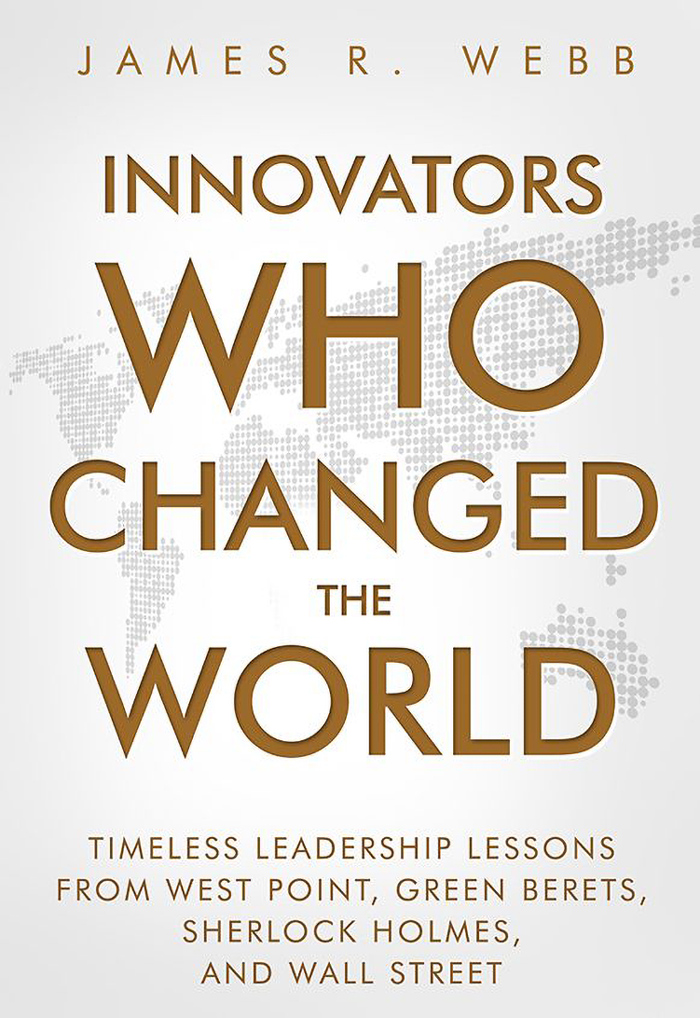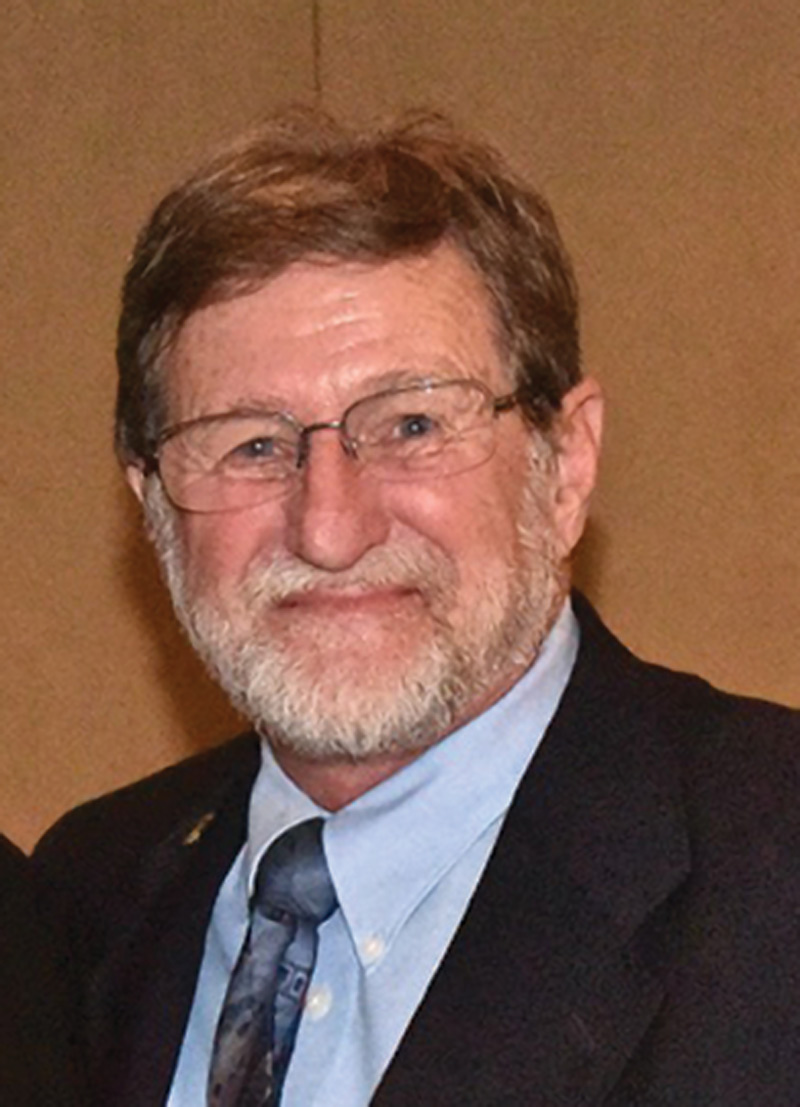Book Review
Innovators Who Changed the World:
Timeless Leadership Lessons From
West Point, Green Berets,
Sherlock Holmes, and Wall Street
By James R. Webb
Breakthrough Strategy
(August 8, 2022)
208 pages

By How Miller
A Special Forces recruiter’s dream is a PhD who can win a barfight. Dr. James R. “Jim” Webb might be just that man. On the way to becoming a Special Forces officer, he attended West Point and received top honors at his Ranger training class. Afterwards, he hit high marks in the business world, got his PhD, and became a professor.
In Innovators Who Changed the World, motivated by his own experiences, Jim tells us about some of the giants upon whose shoulders we all stand. A perfect example of that is the story of how Sylvanus Thayer took control of West Point and changed the way our young nation trained its officers, eventually having a positive effect on all of academia and setting the stage for our military to become the finest in the world.
A recurrent theme is how these innovators co-opted the students’ participation in not only improving themselves but the entire organization. Jujitsu master Jigoro Kano is another example, who not only excelled at his craft but also improved it by combining techniques he learned from other self-defense disciplines. He also taught his students differently, having discussions near the end of each class about movements learned, why, and how best they might be used, and spurring more confidence and enthusiasm. His successes and persistence ultimately resulted in his newly devised Judo becoming accepted even at the Olympic level.
“Jumping” Jim Gavin, familiar to most Green Berets, was the right man at the right time. He was able to take the relatively new concept of light infantry, parachuting from aircraft behind enemy lines, and successfully cause chaos for the enemy. This made it easier for the rest of the military units to succeed.
One of the innovative concepts was the self-responsibility that each man carried. Landings were unpredictable, and any man might be called upon to lead small groups to fight their way to friendly troops or overtake the objective. Preparation for those contingencies helped build confidence and loyalty to completing the mission—something bigger than themselves. He used multiple approaches, including leading by example. He was the first man out the door on each combat jump. His personal recognition of even small successes was also confidence-building. The swagger of airborne troops is well earned, as they continue to follow Jumping Jim’s precepts.
Featured in this issue, from New Hampshire’s Robert Rogers’ recruiting and training irregular troops for the French and Indian Wars to today’s warriors whose mantra is “Rangers lead the way,” the Rangers and their predecessor units have transformed traditional methods of combat into daring and successful special operations. You can read that chapter for yourself in this issue — click here.
U.S. Army Special Forces (Green Berets) transformed warfare by combining Ranger type skills with psyop capabilities that can actually grow stability and capabilities of a partner force. Jim shows us how we started and evolved, becoming the premier outfit in the world.
Sir Arthur Conan Doyle, through his wildly popular Sherlock homes stories, was a transformational figure to police practices. Detective work was spurred to improvement, partly due to the high powered fan club members sharing his and their ideas in an enjoyable experience.
Soccer’s Sir Alex Fergusen transformed his Manchester United football club to lasting success through knowing (and caring) about his people and ensuring the whole organization worked together to create success.
Jim, who later managed a $6B investment fund, was working on Wall Street in 1987, on Black Monday. He points out how earlier, J. P. Morgan got disparate and competing investors to talk to each other and devise ways to rescue the finances of our nation. Among other topics, Jim also compares growth stock investors to value stock investors such as Warren Buffett who famously said: “It is better to invest in a wonderful company at a fair price than a fair company at a wonderful price”.
Throughout the book, Jim explains the difference between transformational leadership, (the skilled and persuasive idea men), and transactional leadership (the ones who follow those ideas and help lead others to make the ideas work). He stresses that both are imperative for a strategy to succeed.
Of the many ideas that we can each take from this book to improve our own lives, paramount is the approach of skilled and resourceful leaders to confidently and humbly grow both an idea, and the confidence and enthusiasm of the people who will carry it out.
About the Author:
How Miller has served as the editor of Chapter 78’s Sentinel since January 2021. Read How’s Member Profile to learn more about him.

Leave A Comment